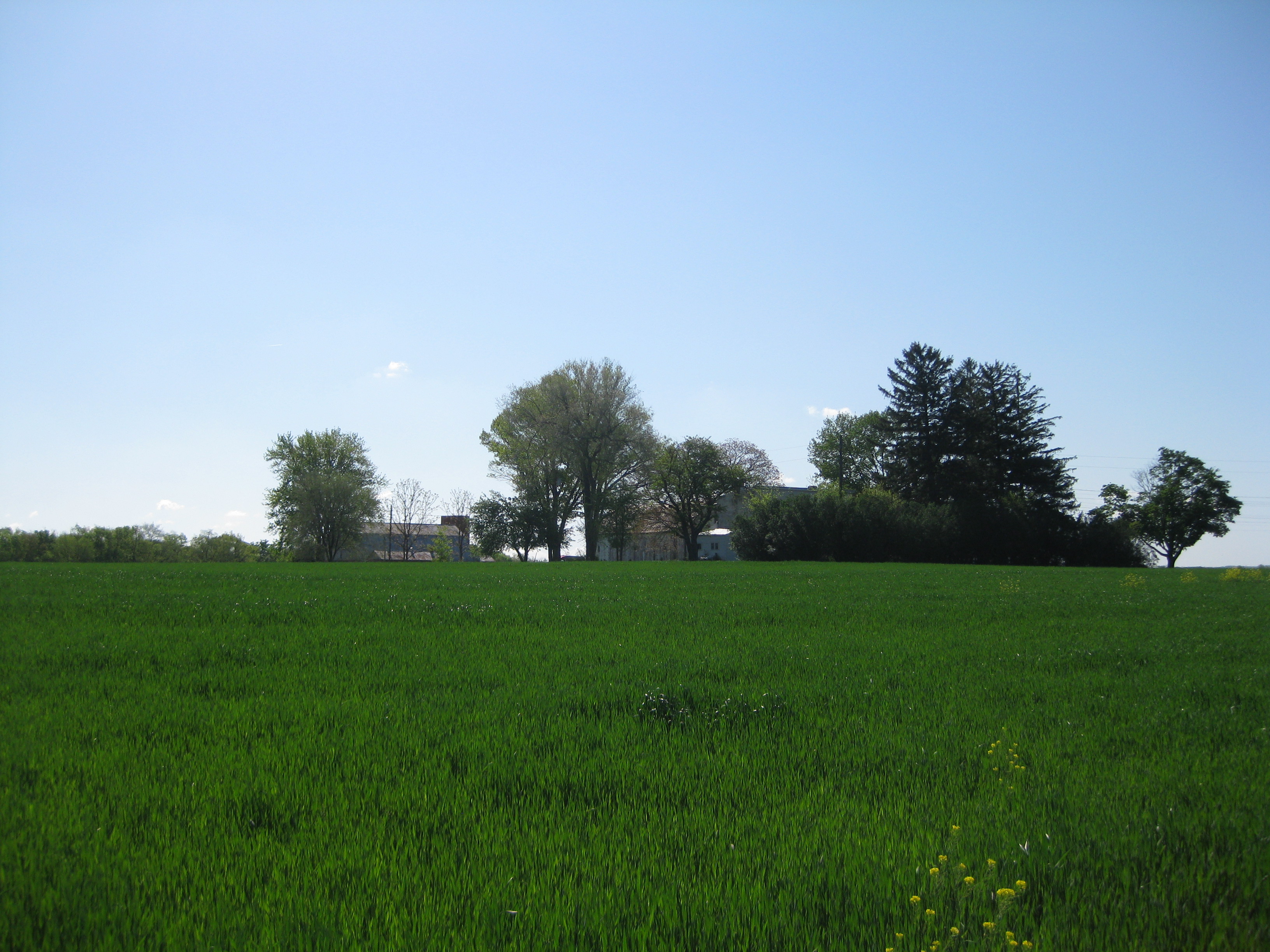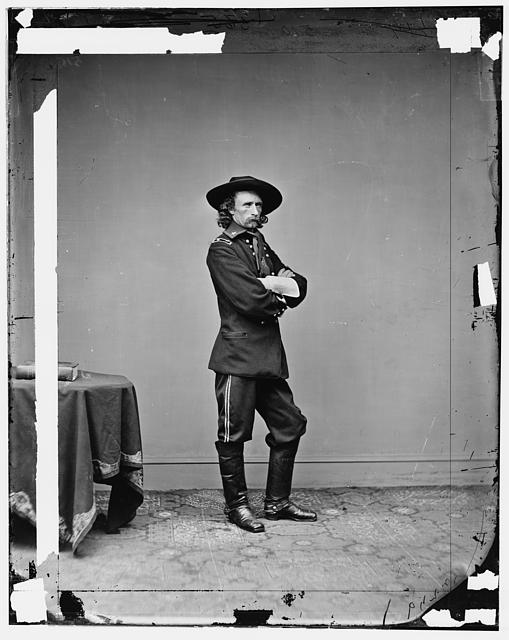Prelude to A Star: Promotion in Frederick City
Conclusion of a series.
The city of Frederick, Maryland greeted George Custer for the second time in less than a year. Custer had passed through the previous September during the Antietam Campaign while serving as an aide-de-camp to the commander of the Army of the Potomac, George McClellan. Now, on June 27, 1863 he had returned, this time serving on the staff of the Chief of Cavalry, Alfred Pleasonton. The previous day Custer accompanied Pleasonton across the Potomac River at Edward’s Ferry. For nearly two weeks, the Union army had been moving steadily northward. From their camps opposite Fredericksburg to Northern Virginia and now to Maryland the Federals were screening the city of Washington from the Rebel army, operating somewhere to the north and west. Arriving in Frederick, Pleasonton set up his headquarters on West Patrick Street at the City Hotel. The stay would not be for long as he decided to relocate his headquarters outside the city limits. He chose Richfield, an estate which still stands today near Modern Route 15.

It was while he was in Frederick that George Custer experienced one of the most pivotal moments of his life. On the same day George Meade assumed command of the Army of the Potomac, Custer was promoted to the rank of Brigadier General. The promotion was confirmed the following day on June 29 and Custer was given command of a brigade of four regiments of cavalry from Michigan.
Joseph Fought, Custer’s loyal orderly who had ridden at his side at Brandy Station, remembered:
“When he found me he had the paper in his hand and said “I have been made a Brigadier General”.
“The deuce you have” I said.
“Yes” he said…I shook hands with him. Nobody knew it was going to happen. It was a great surprise.
He said “How I am going to get something to show my rank?”
Fought immediately set about trying to locate two stars which he found and delivered to the new Brigadier. To display his rank and set him apart on the battlefield, Custer adopted a uniform reminiscent of the cavaliers of old. James Kidd of the 6th Michigan Cavalry, described Custer a couple of days after his promotion:
“He was clad in a suit of black velvet, elaborately trimmed with gold lace, which ran down the outer seams of his trousers and almost covered the sleeves of his cavalry jacket. The wide collar of a blue navy shirt was turned down over the collar of his velvet jacket, and a necktie of brilliant crimson was tied in a graceful knot at the throat, the long ends falling carelessly in front. The double rows of buttons on his breast were arranged in groups of twos, indicating the rank of Brigadier General. A soft, black hat which wide brim adorned with a gilt cord and rosette encircling a silver star, was worn turned down on one side giving him a rakish air….a sword and belt, gilt spurs and top boots completed his unique outfit”.
Custer would later write:
“I was never more surprised than when I was informed of my appointment to Brigadier General. To say I was elated would faintly express my feeling…It was a position I had never in the faintest asked for. Had I obtained appointment through influential friends and sought for it in person without having tried to merit it I should have felt no such pleasant consolation”.

This statement is especially telling. Unlike others who attained the rank of General during the Civil War, Custer did not lobby nor did he have a powerful endorsement from a political patron. Recommended by Alfred Pleasonton, one could argue that the massive jump in rank may have been a little over the top, Custer had at least earned the opportunity to lead troops in battle. His actions over the course of the last month had proved it. Custer had exhibited a special resourcefulness during the Urbanna Raid and the aggressiveness required of any cavalryman at Brandy Station and Aldie. These actions was more than enough in Pleasonton’s eyes to promote his young staff officer.
One could also look back past May and June of 1863 to the earlier days of the conflict to see that Custer was part of a special breed that thrived in war. As a junior officer, he had led his first charge during a skirmish at Catlett’s Station in March 1862. He helped construct fortifications and conducted aerial reconnaissances during the Siege of Yorktown. Custer distinguished himself during the Battle of Williamsburg and was constantly in the field during the Seven Days’ battles. Now, as June 1863 was coming to a close, Pleasonton had seen fit to give Custer a chance. One must wonder if he immediately felt the burden of high command. Time would only tell if Custer would live up to the great confidence that Pleasonton had placed in him.
Sources
A Complete Life of General George A. Custer, Vol. 1 by Frederick Whitaker
The Custer Story: The Life and Intimate Letters of General George A Custer and His Wife Elizabeth ed. by Marguerite Merington
Custer: The Controversial Life of George Armstrong Custer by Jeffry D. Wert
The Battle of Brandy Station: North America’s Largest Cavalry Battle by Eric J. Wittenberg
The Cavalry Battles of Aldie, Middleburg and Upperville: Small But Important Riots, June 10-27, 1863 by Robert F. O’Neill Jr.
Cavalry on the Roads to Gettysburg: Kilpatrick at Hanover and Hunterstown by George A. Rummel III
Military Register of Custer’s Last Command by Roger L. Williams
Great series! Readers–Daniel Davis will enter the pantheon of great Custer writers, I assure you. Without his help, my own posts (coming July 3-4) would not have been possible. Huzzah!
Thank you Meg for the kind words! I am looking forward to your postings next week.